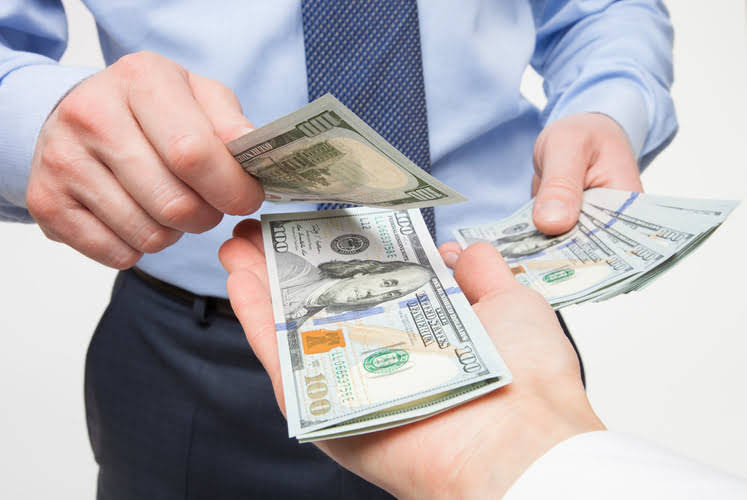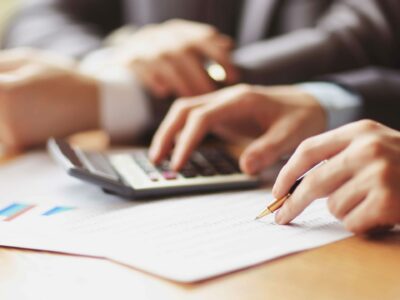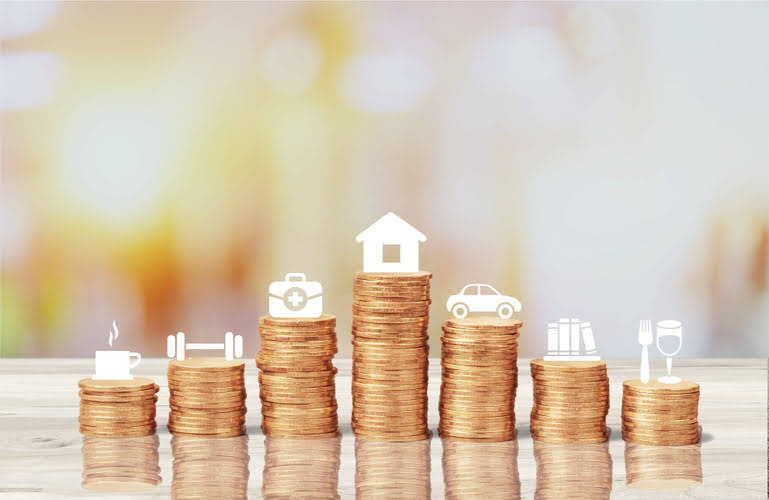What are Plant Assets? Definition Meaning Example

Making continual improvements and continuously reviewing the quality of assets is an important part of keeping a company healthy. Improvements should be done on a regular basis or when a scenario necessitates intervention to extend the life a characteristic of a plant asset is that it is of assets and avoid future issues with their capacity to serve a business. Improvement for one company will very certainly differ dramatically from that of another.
- Naturally, the initial purchase of the plant asset would be an outflow of cash, any subsequent sales would be a cash inflow.
- Every business concern or organization needs resources to operate the business functions.
- The purpose of depreciation is to “charge out” a portion of the plant assets which have been used during the accounting period to generate business revenue.
- Hence, we will calculate depreciation proportionately based on the useful lives of the plant assets.
- This means when a piece of equipment is purchased an expense isn’t immediately recorded.
- Improvements should be done on a regular basis or when a scenario necessitates intervention to extend the life of assets and avoid future issues with their capacity to serve a business.
- Plant assets are different from other non-current assets due to tangibility and prolonged economic benefits.
What are the four categories of plant assets?
In the balance sheet of the business entity, these assets are recorded under the head of non-current assets as Plant, property, and equipment. Generally, plant assets are among the most valuable company assets and tend to be relied on greatly over the long term. As such, these assets provide an economic benefit for a significant period of time. As they will be used for more than one accounting period, they are subject to depreciation. The purpose of depreciation is to “charge out” a portion of the plant assets which have been used during the accounting period to generate business revenue.
What are Plant Assets? Definition, Examples, Management
Plant assets represent the asset class that belongs to the non-current, tangible assets. These assets are used for operating the business functions and generating revenues in the financial periods. The IAS 16 of the IFRS governs the rules regarding recognizing and recording the plant assets in the company’s financial statements. Instead, a part of the cost is periodically charged to the expense account to depreciation the plant assets.
What Is the Difference Between Assets and Plant Assets?
- They carry a monetary value used to earn revenue and profit for the enterprise.
- A plant asset should be recognized at its costs when it fully meets the definition above by IAS 16.
- Depreciation and amortization, or the process of expensing an item over a longer period of time than when it was acquired, are calculated on a straight-line basis.
- Most companies, especially those that run fully in-house and do not rely on other parties for production or processing, require land.
- Plant assets are deprecated over their useful lives using the straight line or double declining depreciation methods.
We should be wary of any indications of impairment such as a downturn in business which suggests that the plant assets may not be able to generate as much value as they could before. Plant assets are a part of non-current assets and are usually the largest group of assets one can find in the financial statements. As we continue to walk our way down the balance sheet, we come to noncurrent assets, the first and most significant of which is PP&E. At almost $23 billion, PP&E composes almost half of the total assets of $51 billion. Equipment is also quite valuable and crucial to the operation of any organization. It propels operations forward and allows a company to generate money on a consistent basis.

The purchase and sale of plant assets would affect a company’s cash flow. It’s important to note that the value of plant assets (other than land) depreciates over time, and each type of asset has a specific “useful life” that is defined by the IRS. There are different methods of depreciation that a business entity can use. Many business entities use different depreciation methods for financial reporting and tax purposes.

Balance Sheet
Anything that can be used productively to general sales for the company can fall into this category. Plant assets are different from other non-current assets due to tangibility and prolonged economic benefits. When a plant asset is acquired by a company that is expected to last longer than one year, it is recorded in the balance sheet at the end of the financial year. Besides, a part of the asset’s cost is charged to expenses account as a non-cash expense, depreciation. Plant assets, also known as fixed assets, are any asset directly involved in revenue generation with a useful life greater than one year.

Straight Line Method
Named during the industrial revolution, plant assets are no longer limited to factory or manufacturing equipment but also https://www.facebook.com/BooksTimeInc/ include any asset used in revenue production. These assets are significant for any business entity because they’re necessary for running operations. Besides, there is a heavy investment involved to acquire the plant assets for any business entity. The company’s top management regularly monitors the plant assets to assess any deviations, discrepancies, or control requirements to avoid misuse of the plant assets and increase the utility. Depreciation is the process by which a plant asset experiences wear and tear over a particular period of time.
In this article, we will talk about non-current tangible assets and, specifically the plant assets. The article will be all about plant assets, their recognition, depreciation, and differentiation from other asset classes. Let us try to understand the difference between plant assets characteristics and current assets. In actual practice, https://www.bookstime.com/ it is not only difficult but impractical to identify how much of the plant assets have actually been used to produce business revenue. Hence, we will calculate depreciation proportionately based on the useful lives of the plant assets.
- Plant assets are key to a company’s production process and are often considered among the most valuable items on the balance sheet.
- Plant assets are a specific type of asset on a company’s balance sheet.
- The cost incurred would include legal fees, commissions, borrowing costs up to the date when the asset is ready for use, etc., are some of the examples.
- Even if a company does not operate on-site or own property, many businesses profit from purchasing land, even if they do not intend to use it until later.
- Businesses must be especially careful in making these investments since buildings and land are immovable and can’t be easily substituted.
- We hope you’ll know the difference between plant assets and other non-current assets and the accounting treatment.
Depreciation expense — calculated in several different ways — is then carried through to the income statement and reduces net income. Over time, plant asset values are also reduced by depreciation on the balance sheet. To be classified under the category of this kind of asset, it should be of tangible nature, which means that it should have the feature of being seen or touched. The next plant assets characteristics is that it should be able to provide benefit to the business for more than one year.

Seems a little quiet over here
Be the first to comment on this post
Write a response